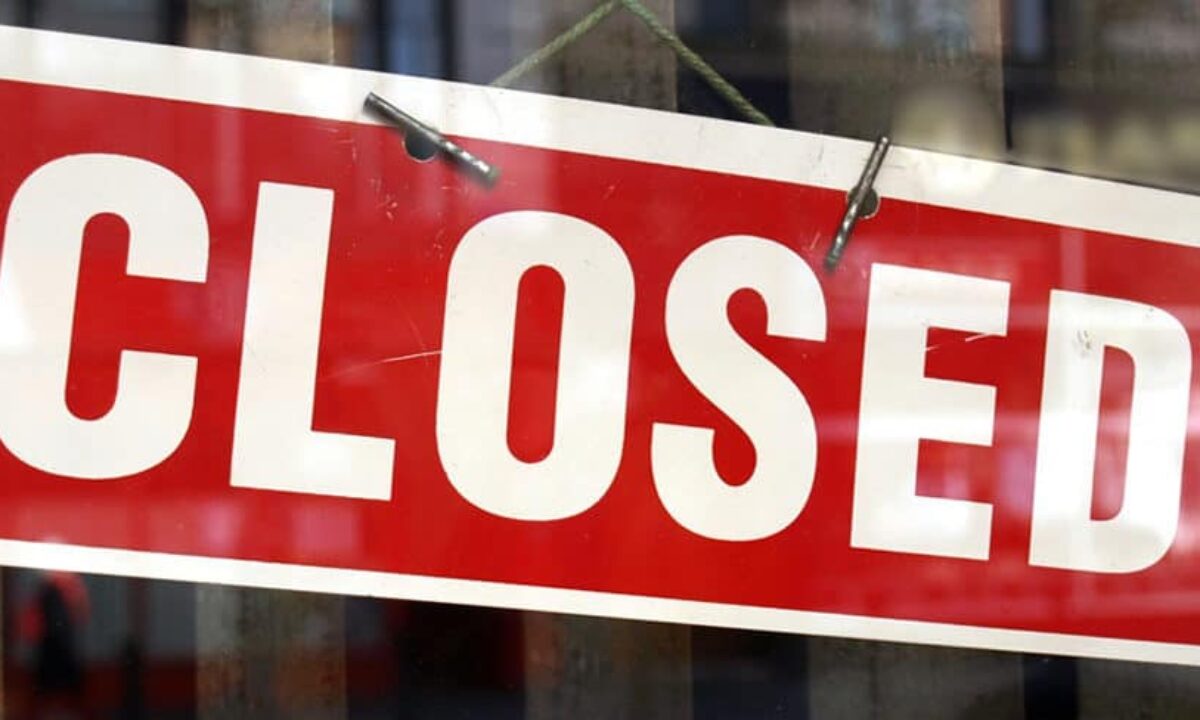Company Liquidation - Questions
Wiki Article
Facts About Company Liquidation Uncovered
Table of ContentsGetting The Company Liquidation To WorkThe Facts About Company Liquidation UncoveredCompany Liquidation Things To Know Before You Get ThisAbout Company LiquidationThe Greatest Guide To Company Liquidation
A liquidator is especially selected to manage the ending up of a company's affairs in order for it to be closed down usually when the firm is declaring bankruptcy. The liquidator is an unbiased 3rd party that supervises the sale of firm assets in order to repay any arrearages.Their role includes, but is not restricted to: Objective Movie director: A liquidator is tasked with working as an impartial third event to oversee the whole company liquidation process. Develop Statement of Matters: Liquidators need to produce a comprehensive declaration of events record. This file is dispersed to creditors, describing the existing financial standing of business at the time of its liquidation.
After the liquidation of a firm, its existence is removed from Companies Residence and it discontinues to be a lawful entity. If directors navigated the process uncreative, there would be no fines or personal liability for firm debts expected. Currently, with a clean slate, supervisors can check out new organization opportunities, though expert consultation is suggested.
The smart Trick of Company Liquidation That Nobody is Talking About
For example, if more than 90% of all firm investors agree, liquidation can take area on short notice within seven days, the minimum statutory notification for financial institutions. Usually, the larger the liquidation and the even more properties and funding the service has, the longer the process will take. 'Do I need to pay to liquidate my business?', the response will depend on whether or not your company has any properties leftover when liquidating.
We recognize that no two firms are the very same, which is why we will put in the time to learn more about your service so we can suggest the ideal course of action for you. We just operate in your benefits, so you can be completely certain in the service we give.
The Main Principles Of Company Liquidation
In the UK, there is a set process to shutting down or reorganizing a limited company, whether it is solvent or insolvent. This procedure is referred to as liquidation and can just be handled by a qualified bankruptcy professional (IP) in accordance with the Insolvency Act 1986. There are four primary kinds of company liquidation procedure: Creditors' Volunteer Liquidation (CVL); Obligatory liquidation; Management; and Participants' Voluntary Liquidation (MVL).
In these conditions, it is essential that the company stops trading; if the company website here remains to trade, the supervisors might be held personally responsible and it can result in the insolvency practitioner reporting wrongful trading, called misfeasance, which may lead to lawful action. The directors designate an insolvency practitioner and when this has actually been concurred and verified, there is a conference with the shareholders.
Of course, if there are no investors, this action of the process is not needed (Company Liquidation). The IP takes control of the company and starts the company liquidation process. The supervisors are no much longer entailed in what occurs, including the sale of the company's properties. However, if the supervisors desire any one of the assets, they can notify the IP.
The Definitive Guide for Company Liquidation
The primary difference is that the business's financial institutions used to the court for an ending up order which forces the financially troubled business into a liquidation process. Lenders take this activity as a last resort due to the fact that they haven't obtained repayment through other forms of arrangement. The court assigns a bankruptcy professional, also recognized as an official receiver, to conduct the required company liquidation process.This type of business liquidation is not volunteer and supervisors' conduct is reported to the UK's Secretary of State once the liquidation process has been completed. Any type of director that stops working to comply with the IP or has been involved in director transgression, or an illegal act, might result in severe effects.
It is utilized as a method to protect the firm from any go to these guys type of legal activity by its lenders. The directors of the firm concur to make normal settlements to settle their financial debts over a duration of time.
The Ultimate Guide To Company Liquidation
This supplies the company with time to create a plan Resources moving forward to save the company and prevent liquidation. At this point, supervisors hand control of the firm over to the designated administrator. If a business is solvent however the directors and shareholders want to close business, a Members Voluntary Liquidation is the right choice.The firm liquidation process is taken care of by a liquidator assigned by the supervisors and shareholders of the firm and they have to authorize a statement that there are no creditors continuing to be. The liquidation procedure for an MVL resembles that of a CVL because properties are understood yet the proceeds are dispersed to the directors and the investors of the business after the liquidator's costs have been paid.
Report this wiki page